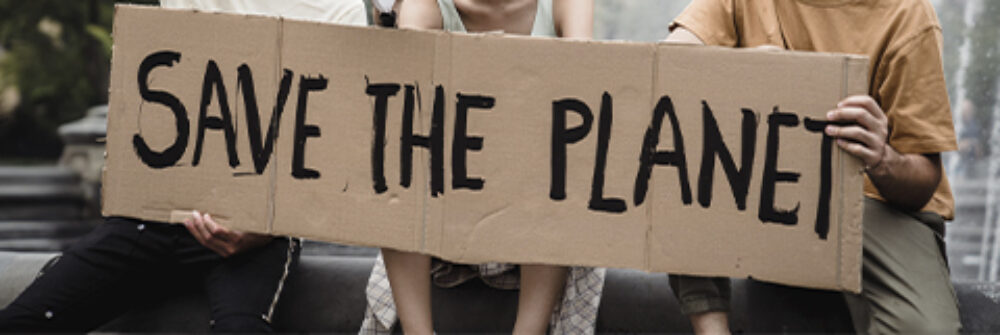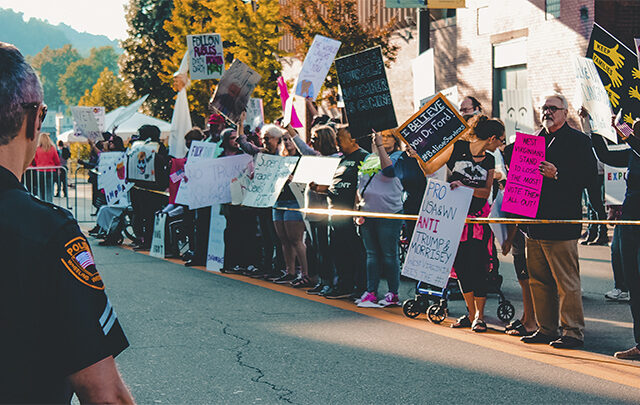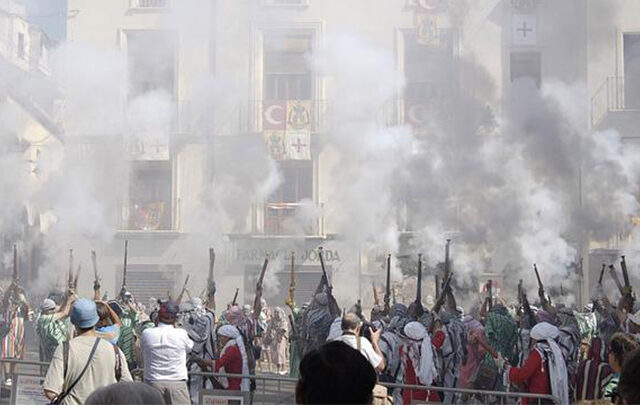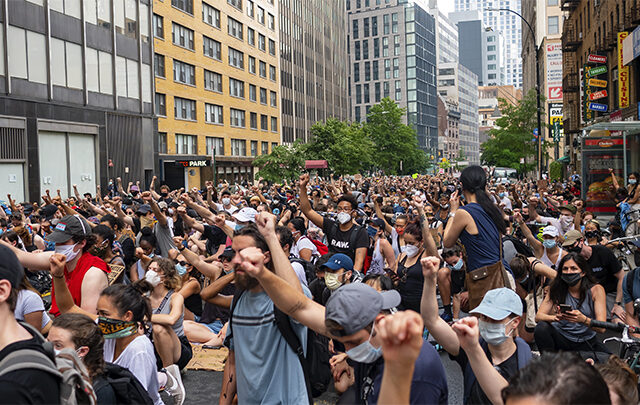It should be noted that “breakthrough” actions are often confused with political flash mobs. This is an erroneous view. Moreover, as practice has shown, flash mobs do not find their application in political activity at all.
Flash mob (flash-mob) literally translates from English as “instant crowd”. The essence of a flash mob is the instantaneous appearance of a certain number of people in a certain place, who act according to a certain scenario, that is, perform a certain order of action. With this the main feature of the flash mob is that the people taking part in it do not know each other, and the script has no specific purpose (while the “breakthrough” actions have a very specific political goals).
In the process of development the concept of “flash mob” has become broader. In different countries the phenomenon has acquired a special national flavor, different ways of notification are used, the actions are either exclusively entertaining or have special features: artistry, sociality, etc.
Today, the concept of “flash mob” is being blurred – largely due to the interest of the media, political forces and advertising producers – many actions using a large number of people and bright action are mistakenly referred to as “flash mob”.
However, it is possible to distinguish the following main characteristic features of the flash mob:
- people taking part in the action flash mob, mostly strangers to each other, are not members of the same public or political organization;
- the flash mob scenario does not have any specific goal;
- Flash mob is designed primarily for people who are direct witnesses of the flash mob action, and does not set as an end in itself the appearance of materials about the action in the media;
- The unexpectedness and spontaneity of the participants’ appearance at the place of the action.
Thus, it can be noted that the main characteristic features of the flash-mob contradict the logic of the political protest, the features of which are the following
- political protest is held, as a rule, either by the activists of a particular political movement, or supporters of certain political ideas;
- political protests have quite specific political objectives and are held mainly to achieve these objectives;
- political protests are designed to reach as wide an audience as possible (i.e., people who learn that the action in question was carried out) and are therefore not primarily aimed at the witnesses to the action, but at members of the press;
- Protest actions are planned in advance and, unlike flash mobs, lack the effect of spontaneity (this applies even to “breakthrough” actions), because journalists are necessarily invited to the scene in advance.




MOST COMMENTED
Largest protests
How Leaderless Protests Work: Horizontal Movements and Collective Decision-Making
Forms of protests
The Right to Protest: How Rallies and Pickets Influence a Democratic Society
Forms of protests
Digitalization of Protest: How Social Media and Technology Are Changing Street Demonstrations
Largest protests
Digital Technology Revolution – Reshaping Modern Activism
Forms of protests
Advanced Acoustic Protection for Confidential Discussions
Forms of protests
Psychology of Protest: What Motivates People at Rallies?
Largest protests
Rallies Against Air Travel: A Rising Movement in the Climate Crisis Era